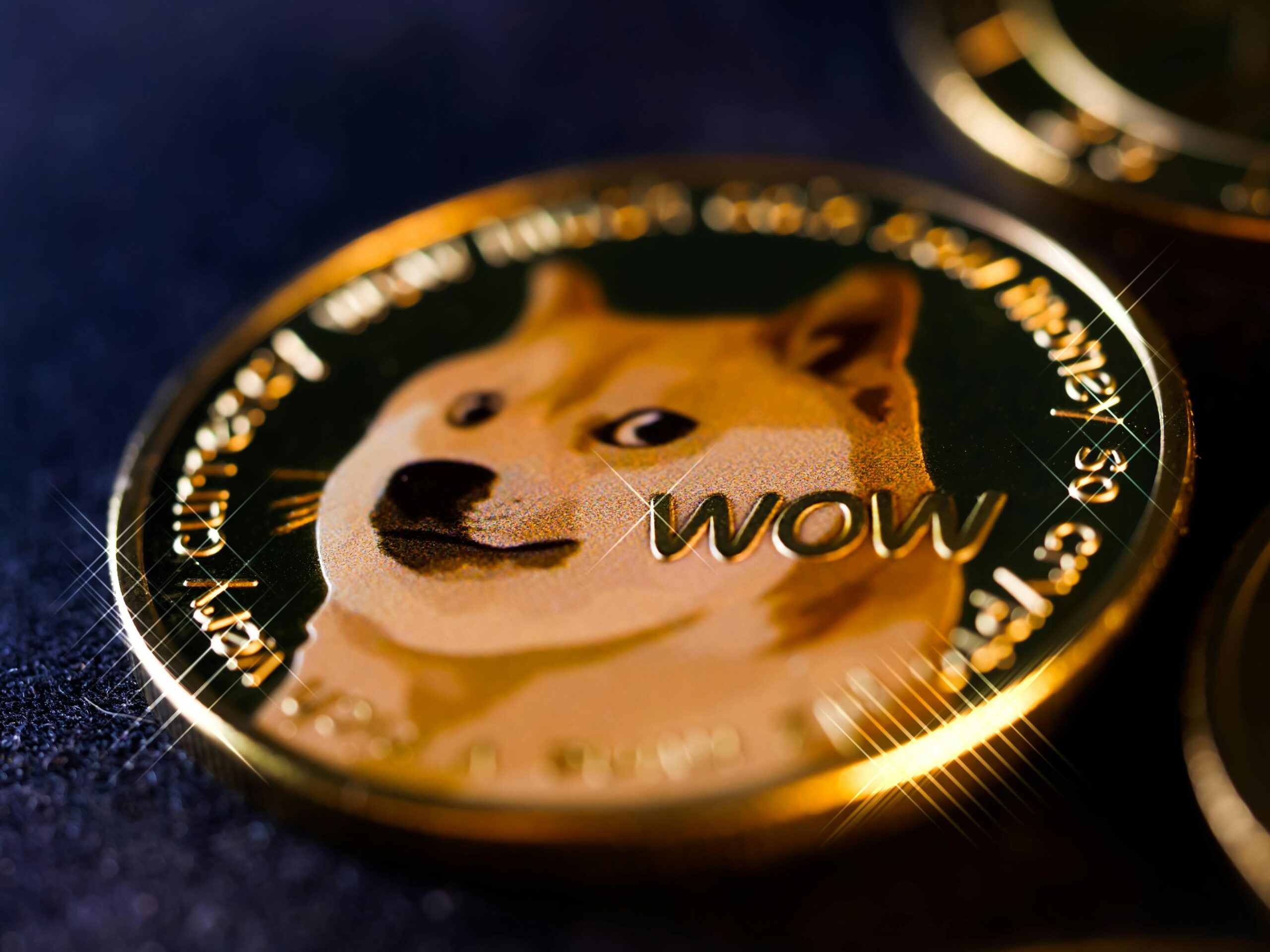A few years ago, I sat across from my best friend at a coffee shop, both of us glued to our phones. He had just tossed $500 into Dogecoin, laughing as he did it. “It’s just a joke,” he said. “If I lose it, whatever. If it blows up, I’m retiring early.”
I rolled my eyes, sipping my overpriced latte, thinking he’d just donated to the internet’s latest joke. Fast forward to 2021, and Dogecoin’s market cap hit $50 billion. His $500? It turned into $80,000. My latte? Well, it was still overpriced.
If you’ve ever felt that gut-wrenching “I should have invested in that” moment, you’re not alone. The world of meme coins is a rollercoaster—thrilling for some, devastating for others. But what exactly are these digital wildcards, and why do they keep defying logic?
What Are Meme Coins? (And Why Are They Worth So Much?)
Meme coins are the rebellious little brothers of the crypto world. Unlike Bitcoin, which was designed as a decentralized alternative to traditional money, or Ethereum, which powers complex financial applications, meme coins exist purely on hype, community, and viral momentum.
They don’t solve banking issues. They don’t revolutionize technology. They thrive on Twitter trends, Reddit threads, and the occasional billionaire tweet.
And yet—somehow—they’ve changed lives.
Dogecoin: The Accidental Goldmine
Let’s rewind to 2013. Two software engineers, Billy Markus and Jackson Palmer, created Dogecoin as a joke. It was meant to mock the growing speculation in crypto markets. Instead, it became the poster child for meme investing.
Fast forward to 2021, and Dogecoin wasn’t funny anymore—it was making people rich. The coin, once worth fractions of a penny, hit an all-time high of $0.74. That doesn’t sound like much, but for those who got in early, it meant life-changing wealth.
I’ll never forget a viral Reddit post from a truck driver who invested his entire savings into Dogecoin. Against all odds, he made millions and quit his job. That’s the dream, right? But on the flip side, I’ve met people who bought in at the peak—only to watch their investment shrink by 90% in a matter of months.
Crypto isn’t just numbers on a screen. It’s real people, real emotions, and real consequences.
$TRUMP Coin: The Political Meme Coin That Shocked Everyone
2025 rolled around, and just when we thought meme coins had peaked, $TRUMP Coin burst onto the scene.
It launched just before Donald Trump’s inauguration, and within 48 hours, it hit a market cap of $27 billion.
Think about that for a second.
In the time it takes to binge-watch a season of your favorite show, an internet meme-turned-crypto became more valuable than some Fortune 500 companies.
Regardless of political views, the reality was clear: meme coins weren’t just about jokes anymore. They were cultural statements, social experiments, and financial moonshots—all wrapped in one.
The Rise (and Fall) of Fartcoin: When the Hype Fades
And then… there was Fartcoin.
If you’ve been in the crypto world long enough, you’ve probably seen some absurd coins—ElonSperm, Buttcoin, ShrekCoin—but Fartcoin took things to another level.
By late 2024, Fartcoin had a market cap of $2 billion. For a short moment, it was one of the top-traded cryptocurrencies in the world.
And then—like a bad joke that goes on too long—the hype faded. The whales (big investors) cashed out. The little guys? They got left holding the bag.
I’ll never forget a story I read from a young investor. He was 22 years old and had turned $1,000 into $120,000 in just two weeks. He could’ve walked away with a down payment for a house. Instead, he kept holding, convinced it would keep rising. By the time he cashed out? He had $4,000 left.
This isn’t just crypto—it’s human nature. Fear of missing out. Greed. Hope.
Should You Invest in Meme Coins?
Meme coins have made people rich. They’ve also left many staring at their empty trading accounts, wondering what went wrong.
So… should you invest?
✅ If You’re Thinking About It, Keep These Rules in Mind:
- Only invest what you can afford to lose. Treat meme coins like lottery tickets, not investments.
- Take profits when you can. Don’t be the person who watches their gains vanish overnight.
- Follow the community. Meme coins live and die by social media. If the hype disappears, so does the value.
- Watch for scams. Many meme coins are created just to take your money. Rug pulls (where developers disappear with investors’ cash) are common.
❌ But Here’s When You Should Avoid Them:
- If you’re putting in money you can’t afford to lose.
- If you’re expecting long-term stability (meme coins rarely last).
- If you’re not willing to watch the market constantly.
Be smart. Be cautious. And most importantly—don’t let greed cloud your judgment.
Final Thoughts: The Future of Meme Coins
Meme coins started as jokes. Now, they’ve changed the financial landscape. They’ve created millionaires, wrecked portfolios, and redefined what investing looks like for an entire generation.
So, what’s next?
Some believe meme coins are just a passing trend, destined to vanish. Others think they’re here to stay—evolving into new forms of digital assets, community tokens, and cultural movements.
No one really knows. But if we’ve learned anything, it’s that the internet has a way of surprising us.
What do you think? Have you ever made (or lost) money on a meme coin? Do you believe they’re the future or just a passing joke? Drop a comment—I’d love to hear your story.
And hey, if Fartcoin 2.0 ever launches… you know where to find me. 🚀💨
